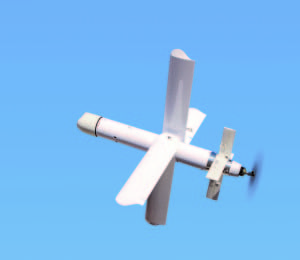
The Army is in the market for an upgraded kamikaze drone for dismounted infantry and Special Operations Forces, another step to delivering miniature guided munitions to the individual soldier.The Army issued a solicitation last year under the Defense Ordnance Technology Consortium–a cooperative effort by industry and the Defense Department to develop and test new munitions--for a lethal miniature aerial munition system (LMAMS).Industry anticipates the Army to fund a procurement effort in 2016, most likely after the beginning of the next…

 By
By 











